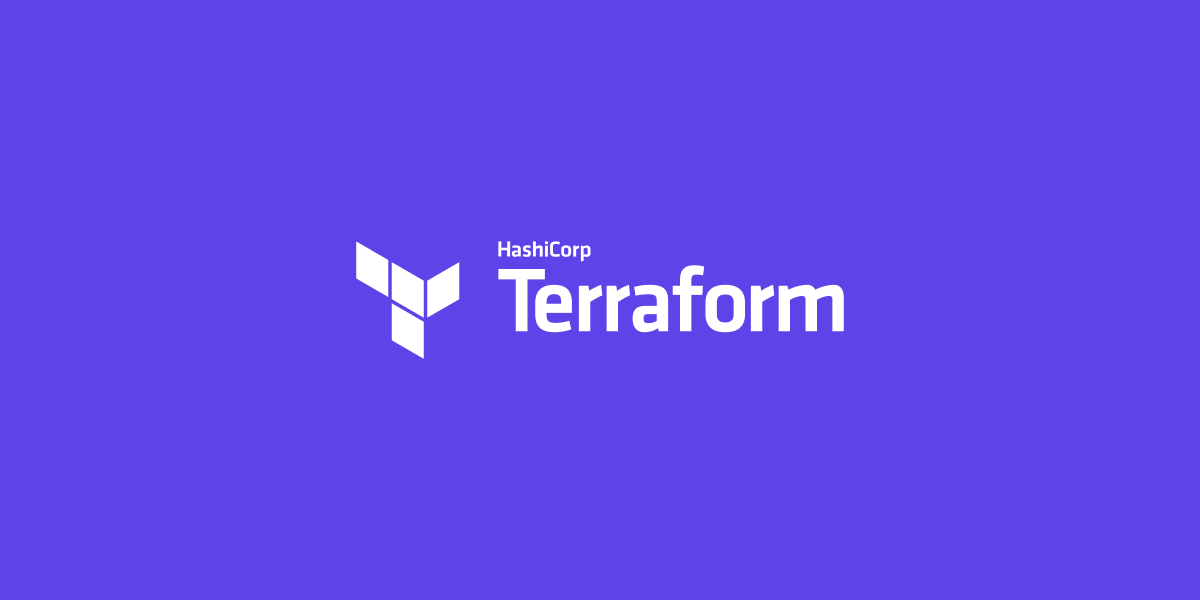Cloud computing has revolutionized the IT landscape, enabling businesses to scale and innovate faster than ever before. However, managing and provisioning cloud resources efficiently can be a complex task. That’s where Terraform, an open-source infrastructure as code (IaC) tool, comes into play. This article explores how Terraform is transforming cloud computing by empowering organizations with scalability, automation, and streamlined infrastructure management.
Infrastructure as Code and Terraform
Infrastructure as Code (IaC) allows infrastructure provisioning and management through machine-readable configuration files. Terraform, developed by HashiCorp, is a leading IaC tool that enables declarative configuration and automation of cloud resources across various providers such as AWS, Azure, and Google Cloud Platform. With Terraform, organizations can define their desired infrastructure state and bring it to life with a single command.
Scalability and Flexibility
Terraform’s defining strength lies in its ability to scale infrastructure efficiently. By defining infrastructure in code, businesses can easily create and manage multiple instances of resources, be it virtual machines, storage, or networking components. Scaling up or down becomes a breeze, as organizations can leverage Terraform’s simple syntax to adjust resources according to changing requirements, all while ensuring consistency and reproducibility.
Multi-Cloud and Hybrid Cloud Deployments
Enterprises often operate across multiple cloud platforms or maintain hybrid cloud environments. Terraform’s multi-cloud support makes it ideal for managing infrastructure across different providers. Organizations can build and manage resources consistently with a unified configuration language, abstracting away the complexities associated with vendor-specific tools. Terraform’s versatility simplifies the task of deploying and managing infrastructure across diverse cloud environments.
Infrastructure Automation and Version Control
Manual infrastructure provisioning and configuration can be error-prone and time-consuming. Terraform’s automation capabilities enable organizations to automate the deployment and management of their cloud infrastructure. By leveraging Terraform’s command-line interface (CLI) or integrating it into continuous integration and deployment (CI/CD) pipelines, teams can automate resource creation, updates, and deletions, ensuring infrastructure changes are handled consistently and reproducibly.
Infrastructure Consistency and Disaster Recovery
Inconsistent infrastructure configurations can lead to operational issues and downtime. Terraform enforces infrastructure consistency by enabling organizations to define desired states and automatically adjust resources to match those states. This approach reduces the risk of configuration drift and ensures disaster recovery readiness. In infrastructure failure or disaster, organizations can use Terraform to swiftly rebuild and recover their cloud environment, minimizing downtime and improving overall resilience.
Collaboration and Versioning
Terraform facilitates collaboration among teams working on infrastructure projects. By utilizing version control systems like Git, organizations can store Terraform configurations alongside application code, ensuring versioning, collaboration, and the ability to roll back changes if necessary. This promotes transparency, audibility, and teamwork, enabling multiple stakeholders to contribute to infrastructure development and maintenance.
Ecosystem and Community Support
Terraform benefits from a vibrant and active community, constantly expanding its providers, modules, and extensions ecosystem. Organizations can leverage existing community-contributed modules to expedite infrastructure development or create custom modules for specific needs. With a wide range of resources readily available, Terraform allows businesses to focus on innovation rather than reinventing the wheel.
Terraform is revolutionizing cloud computing by providing organizations with a powerful infrastructure as a code tool. Through scalability, flexibility, automation, and multi-cloud support, Terraform simplifies the management and provisioning of cloud resources. By adopting Terraform, businesses can achieve enhanced infrastructure consistency, disaster recovery capabilities, and streamlined collaboration. Embrace the power of Terraform and unlock new horizons in the cloud.

